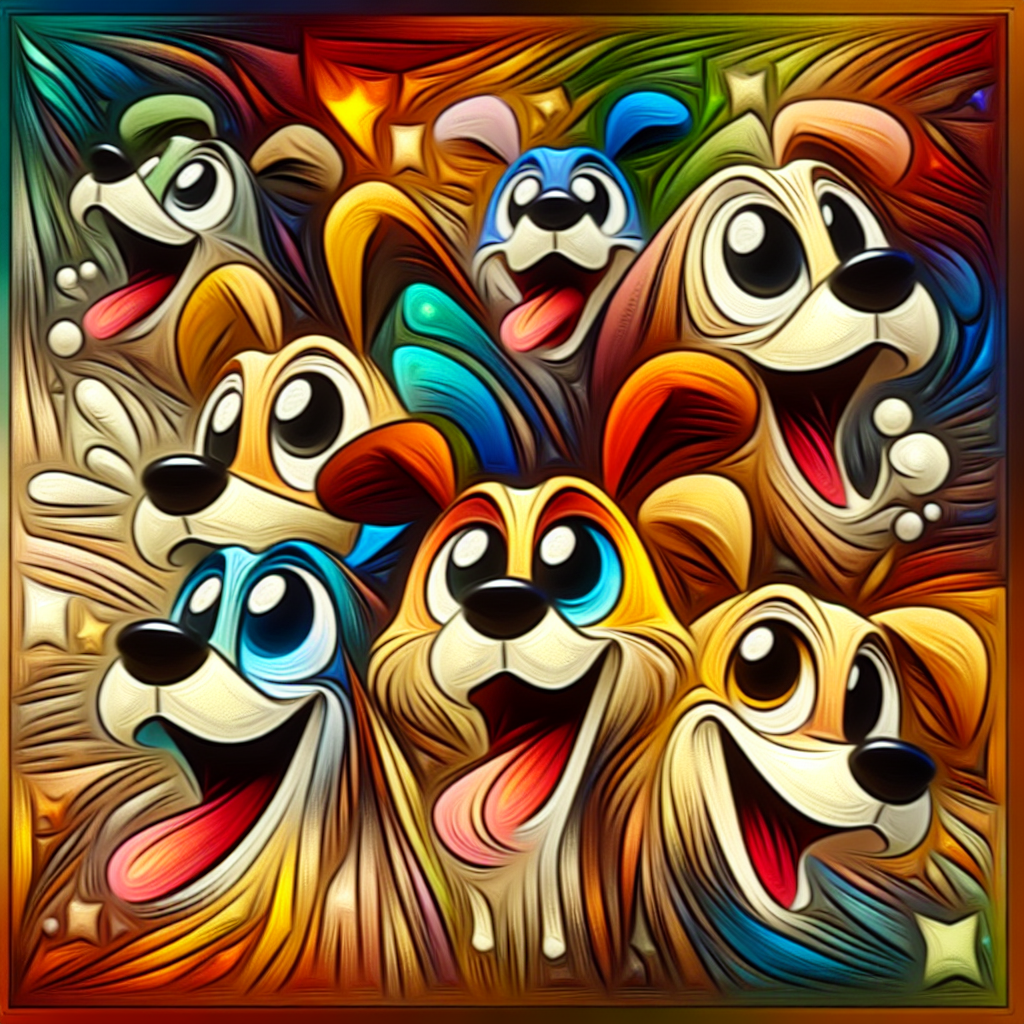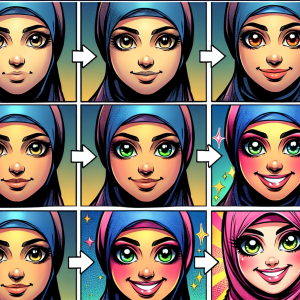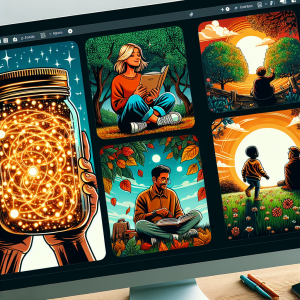Cartoon dogs have been a staple of our entertainment for decades, from classic characters like Scooby-Doo and Snoopy to modern favorites like Bluey and Clifford. These lovable and quirky canines have captured our hearts and brought joy to audiences of all ages. But what is it about cartoon dogs that makes them so enduringly popular? In this article, we will explore the reasons why we continue to love cartoon dogs and why they hold a special place in our hearts.
The Heartwarming Nature of Cartoon Dogs
One of the main reasons why cartoon dogs are so beloved is their heartwarming nature. Unlike humans, dogs are often portrayed as loyal, brave, and loving companions in cartoons. They are depicted as always being there for their owners, no matter what challenges come their way. This portrayal of unconditional love and loyalty resonates with audiences and serves as a reminder of the special bond between humans and dogs.
Cartoon dogs also often embody qualities that we admire in real-life dogs, such as courage, determination, and a sense of fun. These characteristics make them relatable and endearing to viewers, who see a bit of themselves in these animated canines.
The Nostalgic Factor
For many people, cartoon dogs hold a special place in their hearts because of the nostalgia they evoke. Characters like Scooby-Doo, Clifford, and the Pound Puppies are icons of our childhoods, reminding us of simpler times when Saturday mornings were spent watching cartoons and eating cereal. The nostalgia associated with these characters can evoke feelings of warmth and comfort, making them a source of joy and happiness in our lives.
Additionally, many cartoon dogs have been around for decades, becoming timeless classics that have been passed down from generation to generation. Parents who grew up watching shows like Blue’s Clues or Arthur now share these beloved characters with their own children, creating a shared bond and love for these endearing canines.
The Humor and Quirkiness of Cartoon Dogs
Another reason why cartoon dogs are so popular is their humor and quirkiness. Dogs are naturally silly and playful animals, and cartoon dogs take these traits to the next level. Characters like Brian from Family Guy and Jake from Adventure Time are known for their witty one-liners and comedic antics, bringing laughter and joy to audiences.
Cartoon dogs are also often depicted with exaggerated personalities and quirks that make them stand out from other characters. From the clueless but loveable Droopy to the hyperactive and excitable Dug from Up, these animated canines entertain us with their unique traits and antics.
The Representation of Different Breeds and Personalities
Cartoon dogs come in all shapes, sizes, and breeds, allowing for a diverse representation of canine characters. From the energetic and intelligent Border Collie in Bluey to the mischievous and loyal Beagle in Snoopy, cartoon dogs showcase the wide range of personalities and traits that dogs possess in real life.
By featuring dogs of different breeds and personalities, cartoons help to dispel stereotypes and showcase the individuality of each dog. This diverse representation allows viewers to appreciate and celebrate the unique qualities of each breed and emphasizes the message that all dogs are special in their own way.
The Positive Messages and Life Lessons
Many cartoon dogs are not only entertaining but also convey positive messages and life lessons to viewers. Characters like Bluey and Clifford often tackle issues like friendship, empathy, and perseverance, teaching important values to children and adults alike. Through their adventures and experiences, cartoon dogs inspire us to be better people and to cherish the relationships we have with others.
Cartoon dogs also serve as role models for kindness, bravery, and empathy, showing us the importance of being there for others and standing up for what is right. These characters remind us of the power of love and friendship, making us appreciate the profound impact that dogs can have on our lives.
The Timeless Appeal of Cartoon Dogs
Despite the changing trends in entertainment and the evolution of technology, cartoon dogs have stood the test of time and continue to capture the hearts of audiences around the world. Whether they are classic characters from the golden age of animation or modern favorites from the latest animated series, cartoon dogs have a timeless appeal that transcends generations.
From their heartwarming nature and nostalgic charm to their humor and quirkiness, cartoon dogs bring joy and laughter to people of all ages. They remind us of the special bond we share with our furry friends and the positive impact that dogs have on our lives. So the next time you are in need of a pick-me-up, just turn on your favorite cartoon featuring a lovable dog and let their infectious spirit brighten your day.
FAQs
Why do people love cartoon dogs so much?
People love cartoon dogs for a variety of reasons, including their heartwarming nature, nostalgic appeal, humor and quirkiness, diverse representation of breeds and personalities, positive messages and life lessons, and timeless charm. Cartoon dogs often embody qualities that we admire in real-life dogs, such as loyalty, bravery, and love, making them relatable and endearing to audiences.
What are some famous cartoon dogs?
Some famous cartoon dogs include Scooby-Doo, Snoopy, Bluey, Clifford, Brian from Family Guy, Jake from Adventure Time, Droopy, and Dug from Up. These iconic characters have captured the hearts of audiences around the world with their entertaining antics and lovable personalities.
Do cartoon dogs teach valuable lessons to viewers?
Yes, many cartoon dogs convey positive messages and life lessons to viewers, tackling issues like friendship, empathy, and perseverance. Characters like Bluey and Clifford serve as role models for kindness, bravery, and empathy, inspiring us to be better people and to cherish the relationships we have with others.








+ There are no comments
Add yours